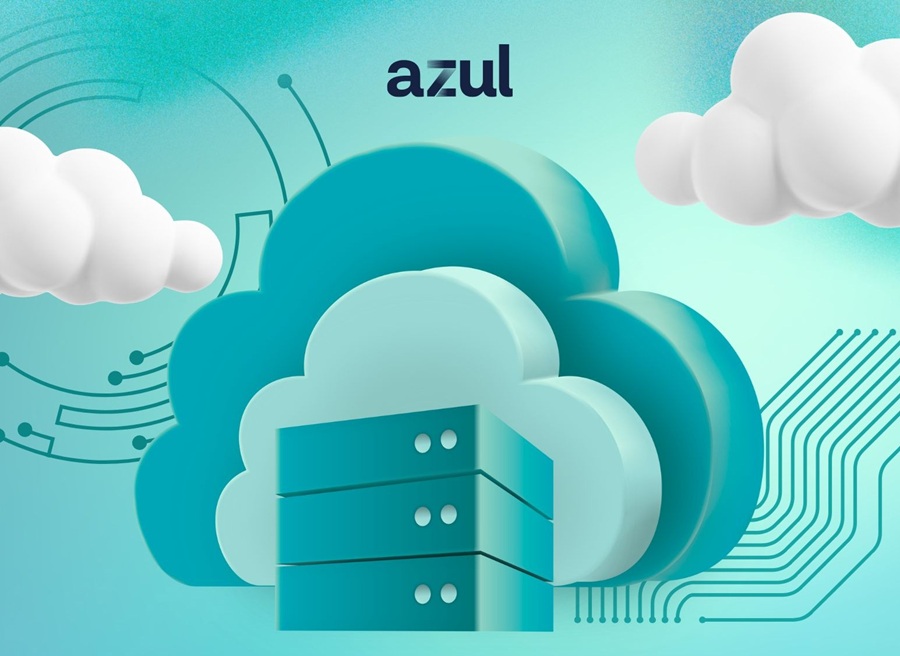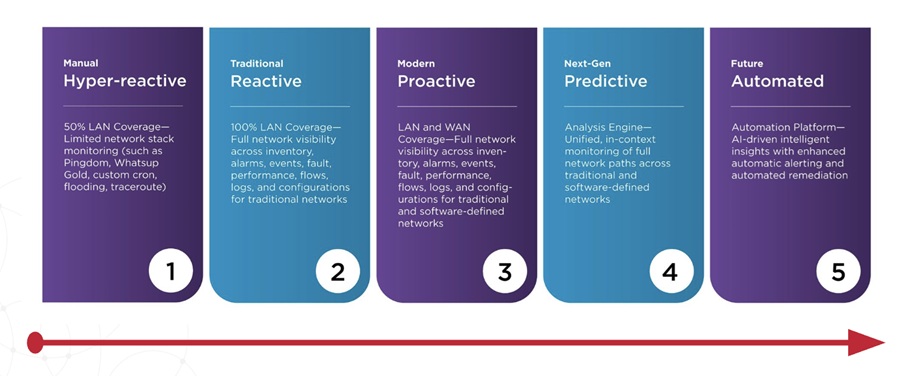The total number of datacenters (of all types) in the United States declined for the first time in 2009, falling by 0.7%. triggered by the economic crisis of 2008 and the resultant closing of hundreds and thousands of remote locations with server closets and rooms. At the same time, total datacenter capacity grew by slightly more than 1% as larger datacenter environments continued to rise despite the economic slowdown. According to new research from International Data Corporation (IDC), these trends have continued in the years since 2009 and reflect a major change in datacenter and IT asset deployment that will accelerate further in coming years.
The dynamic driving these changes in the US datacenter market center around the fast-growing array of applications and devices used to communicate and conduct business, the rapid digitization of vast amounts of unstructured data, and the desire to collect, store, and analyze this information in ever-greater volume and detail. This dynamic has had a significant impact on how businesses build, organize, and invest in datacenter facilities and assets.
"CIOs are increasingly being asked to improve business agility while reducing the cost of doing business through aggressive use of technologies in the datacenter," said Rick Villars, vice president, Datacenter and Cloud Research at IDC. "At the same time, they have to ensure the integrity of the business and its information assets in the face of natural disasters, datacenter disruptions, or local system failures. To achieve both sets of objectives, IT decision makers had to rethink their approach to the datacenter."
The most notable factor reshaping datacenter dynamics was the dramatic increase in the use of server virtualization to consolidate server assets. Virtualization and server consolidation drove significant declines in physical datacenter size and eliminated the need for many smaller datacenters as applications were moved to larger central datacenters. It also made investments in power and energy management that much more critical for datacenter managers.
While the aggressive use of virtualization has reduced the rate of growth in server deployments in datacenters, the creation, organization, and distribution of files and rich content are creating a rapid and sustained increase in storage deployments. One of the key characteristics of the content explosion is data centralization, driven by performance, compliance, and scale requirements. As a result, midsize and large datacenters are the main segments where the content explosion is having a major impact.
A third factor shaping the datacenter dynamic has been the shift toward a cloud model for application, platform, and infrastructure delivery. Here the focus is on extending the value and scale of virtualization by boosting operational efficiency and improving IT agility. Along with the content explosion, the buildout of public cloud offerings is driving major growth in the number and size of larger datacenters.
Combined, these factors will continue to drive a slow but steady decline in the number and size of smaller internal datacenters. For similar reasons, large internal datacenters will not grow at anywhere near the same rate as very large datacenters operated by service providers.
By 2016, IDC expects the total number of datacenters in the US will decline from 2.94 million in 2012 to 2.89 million. This decline will be concentrated in internal server rooms and closets, with a very small decline in mid-sized local datacenters.
Despite the slight decline in total datacenters, total datacenter space will increase significantly, growing from 611.4 million square feet in 2012 to more than 700 million square feet in 2016. By the end of the forecast period, IDC expects service providers will account for more than a quarter of all large datacenter capacity in place in the United States.
The IDC report, U.S. Datacenter 2012-2016 Forecast (Doc #237070) provides a census of U.S. datacenters by size, sophistication, and ownership. The report provides a forecast of datacenter investment plans through 2016 and assesses the impact of changing industry business models as well as IT and network developments on datacenter design, build, and management. The report also includes a new datacenter taxonomy based on a multitude of factors, including scope of IT personnel control, physical location, types of applications supported, power and cooling, downtime, floor area, and staff skill sets.
The Latest
As enterprises accelerate their cloud adoption strategies, CIOs are routinely exceeding their cloud budgets — a concern that's about to face additional pressure from an unexpected direction: uncertainty over semiconductor tariffs. The CIO Cloud Trends Survey & Report from Azul reveals the extent continued cloud investment despite cost overruns, and how organizations are attempting to bring spending under control ...

According to Auvik's 2025 IT Trends Report, 60% of IT professionals feel at least moderately burned out on the job, with 43% stating that their workload is contributing to work stress. At the same time, many IT professionals are naming AI and machine learning as key areas they'd most like to upskill ...
Businesses that face downtime or outages risk financial and reputational damage, as well as reducing partner, shareholder, and customer trust. One of the major challenges that enterprises face is implementing a robust business continuity plan. What's the solution? The answer may lie in disaster recovery tactics such as truly immutable storage and regular disaster recovery testing ...
IT spending is expected to jump nearly 10% in 2025, and organizations are now facing pressure to manage costs without slowing down critical functions like observability. To meet the challenge, leaders are turning to smarter, more cost effective business strategies. Enter stage right: OpenTelemetry, the missing piece of the puzzle that is no longer just an option but rather a strategic advantage ...
Amidst the threat of cyberhacks and data breaches, companies install several security measures to keep their business safely afloat. These measures aim to protect businesses, employees, and crucial data. Yet, employees perceive them as burdensome. Frustrated with complex logins, slow access, and constant security checks, workers decide to completely bypass all security set-ups ...

In MEAN TIME TO INSIGHT Episode 13, Shamus McGillicuddy, VP of Research, Network Infrastructure and Operations, at EMA discusses hybrid multi-cloud networking strategy ...
In high-traffic environments, the sheer volume and unpredictable nature of network incidents can quickly overwhelm even the most skilled teams, hindering their ability to react swiftly and effectively, potentially impacting service availability and overall business performance. This is where closed-loop remediation comes into the picture: an IT management concept designed to address the escalating complexity of modern networks ...
In 2025, enterprise workflows are undergoing a seismic shift. Propelled by breakthroughs in generative AI (GenAI), large language models (LLMs), and natural language processing (NLP), a new paradigm is emerging — agentic AI. This technology is not just automating tasks; it's reimagining how organizations make decisions, engage customers, and operate at scale ...
In the early days of the cloud revolution, business leaders perceived cloud services as a means of sidelining IT organizations. IT was too slow, too expensive, or incapable of supporting new technologies. With a team of developers, line of business managers could deploy new applications and services in the cloud. IT has been fighting to retake control ever since. Today, IT is back in the driver's seat, according to new research by Enterprise Management Associates (EMA) ...
In today's fast-paced and increasingly complex network environments, Network Operations Centers (NOCs) are the backbone of ensuring continuous uptime, smooth service delivery, and rapid issue resolution. However, the challenges faced by NOC teams are only growing. In a recent study, 78% state network complexity has grown significantly over the last few years while 84% regularly learn about network issues from users. It is imperative we adopt a new approach to managing today's network experiences ...

